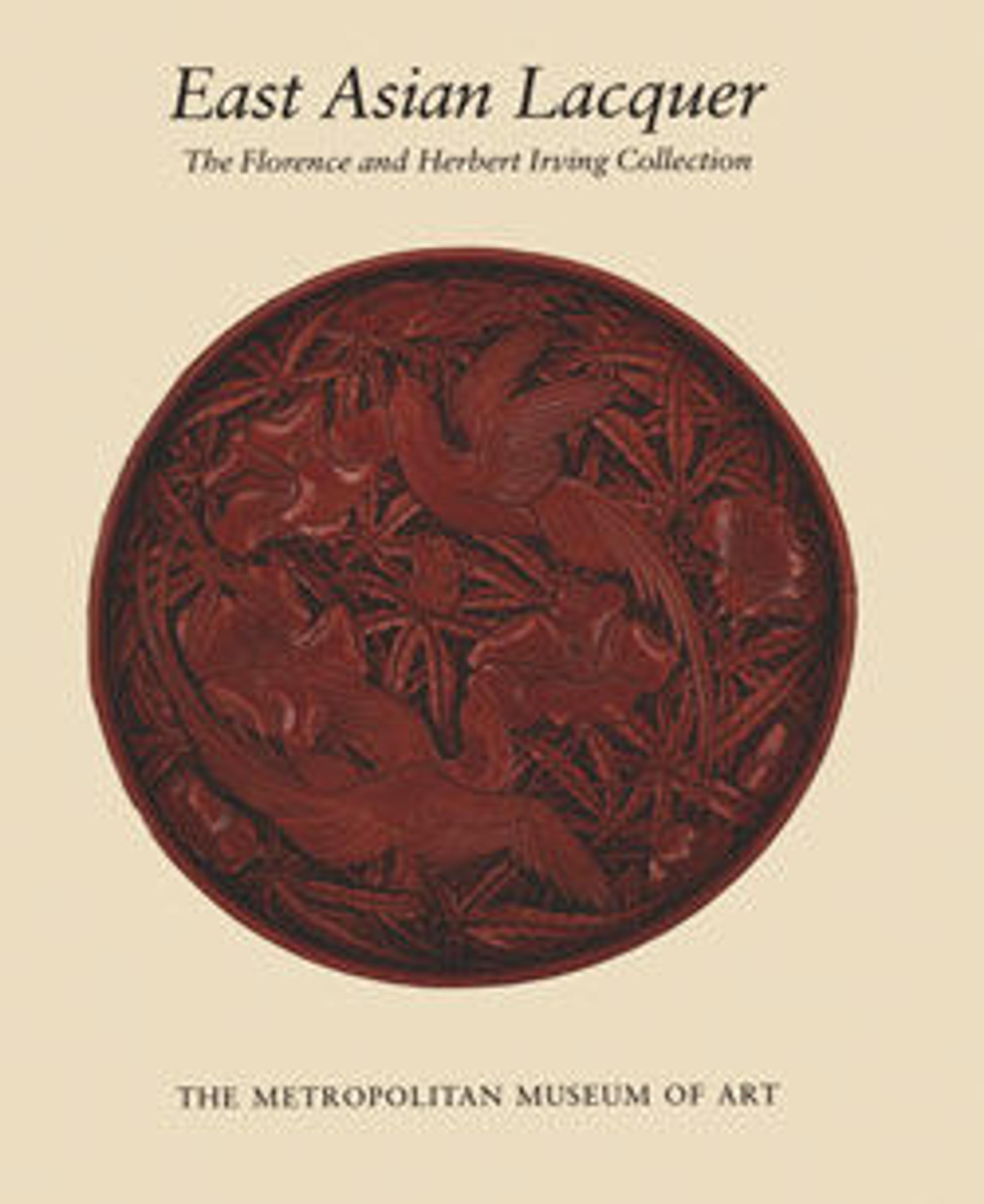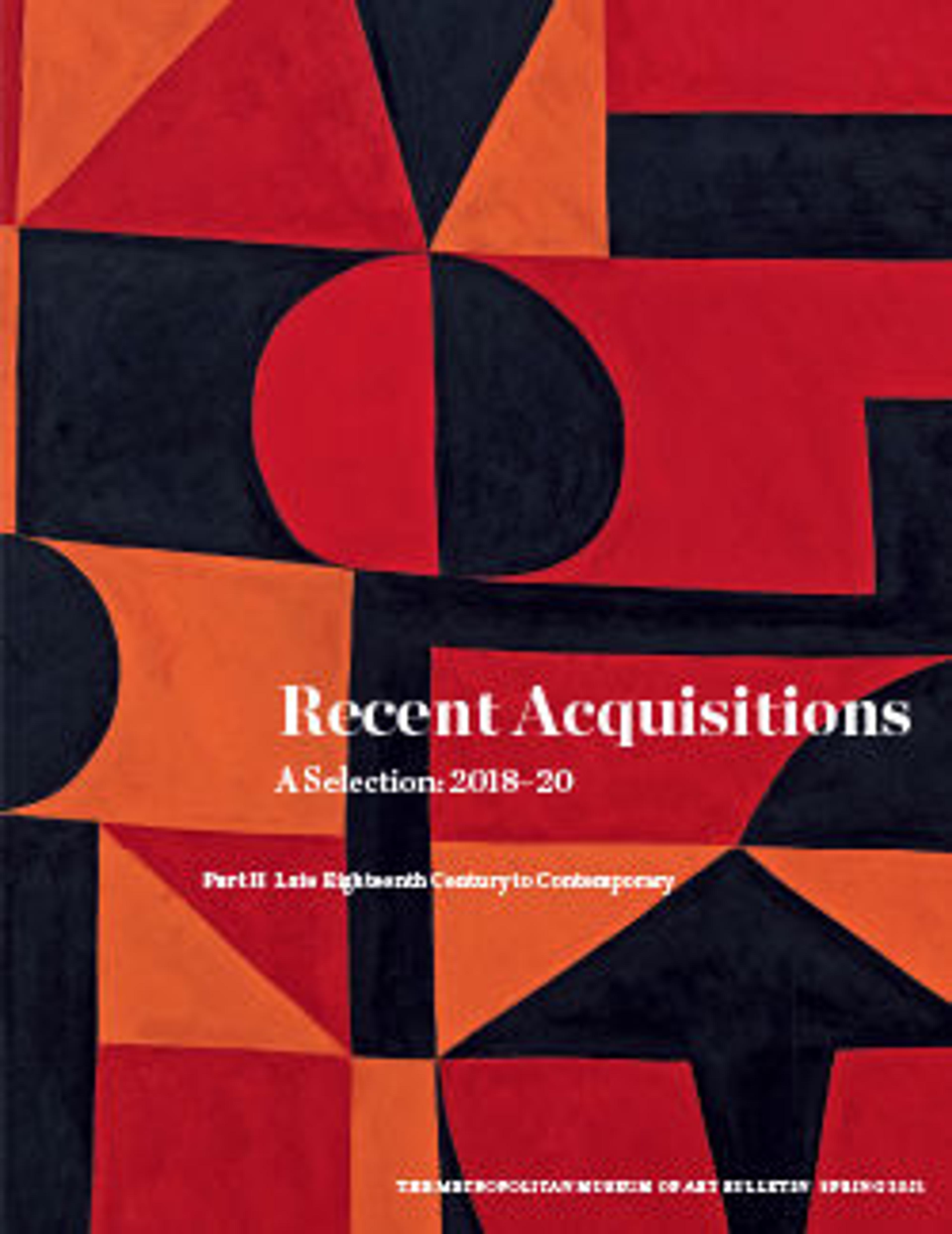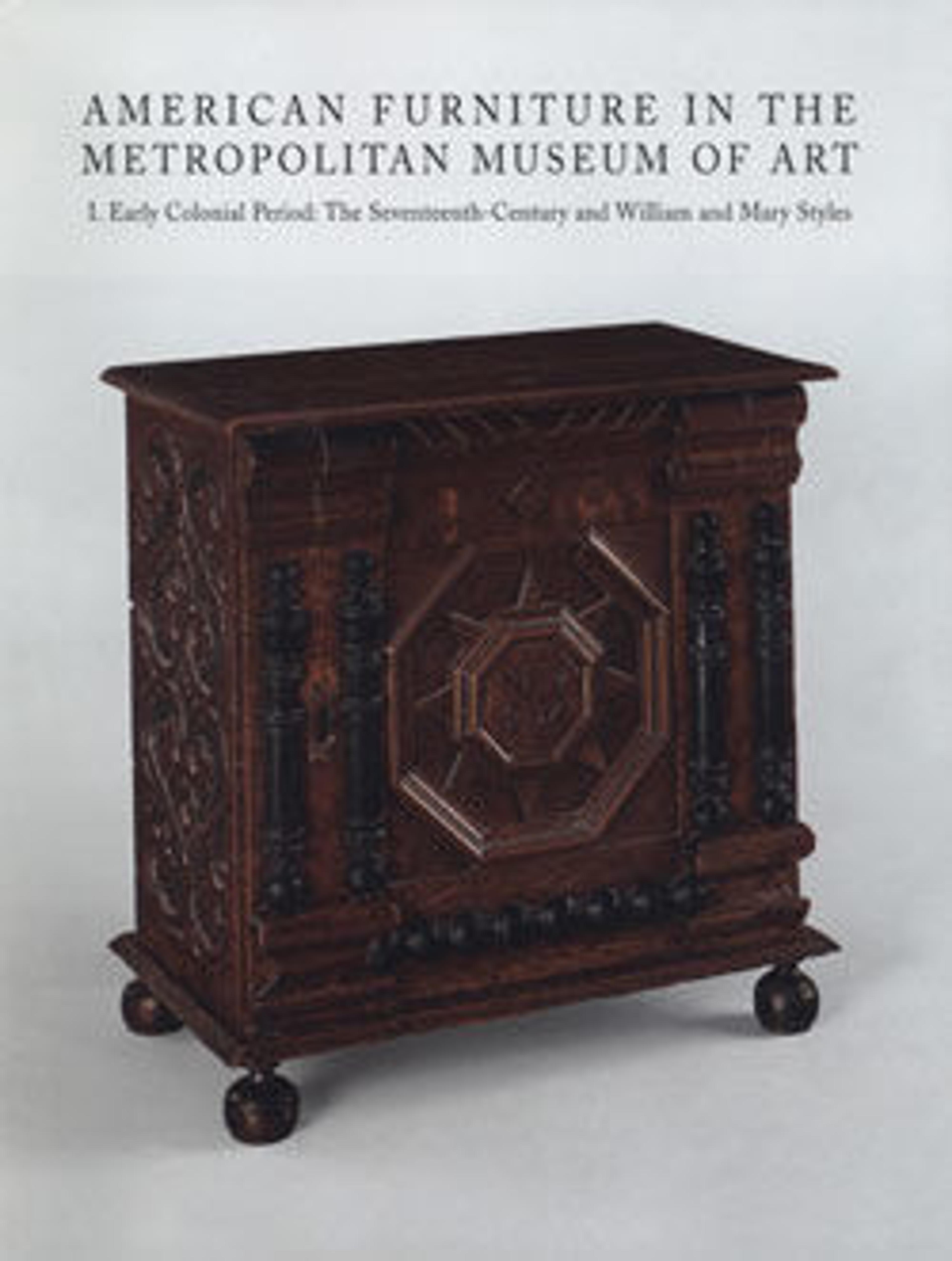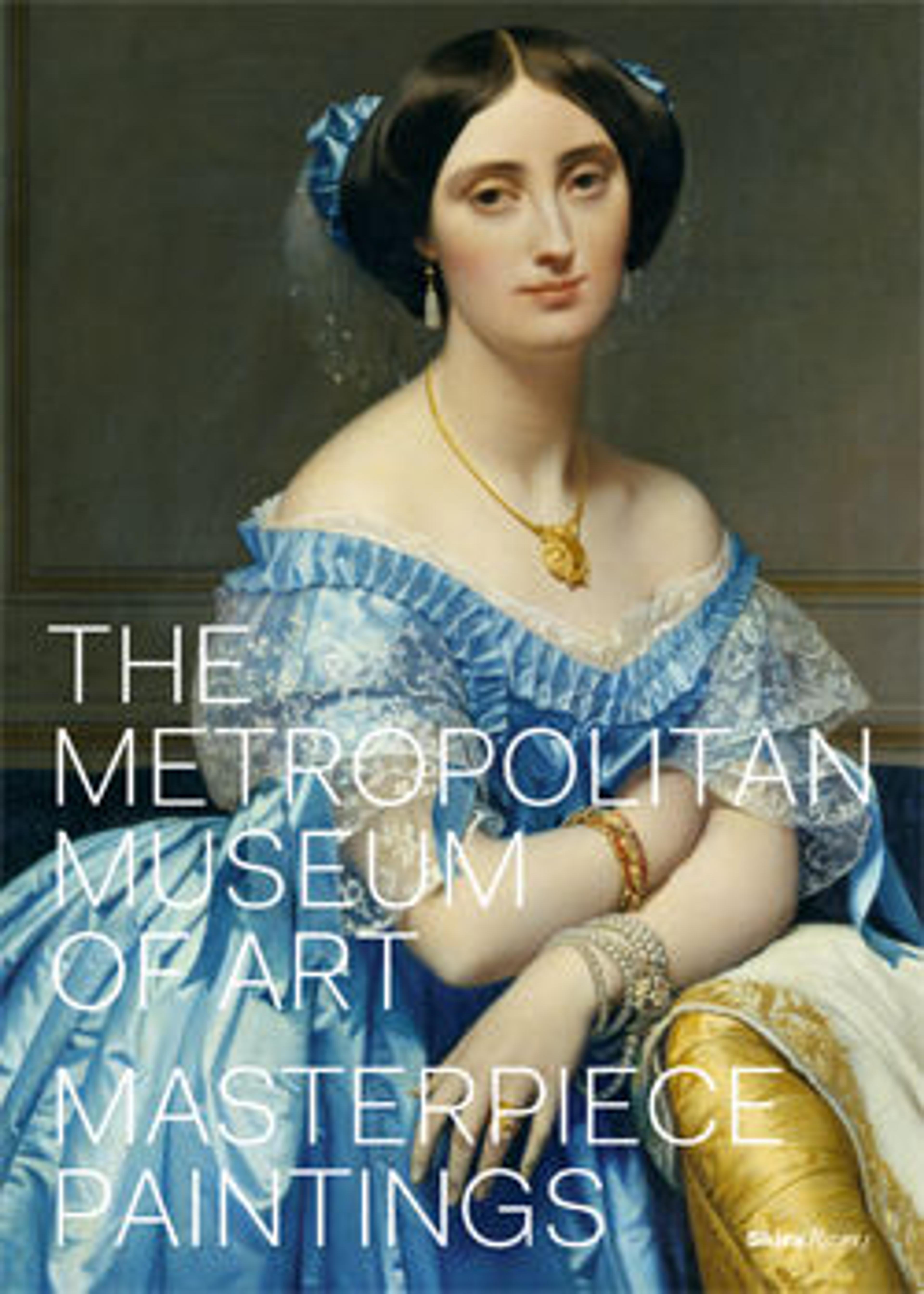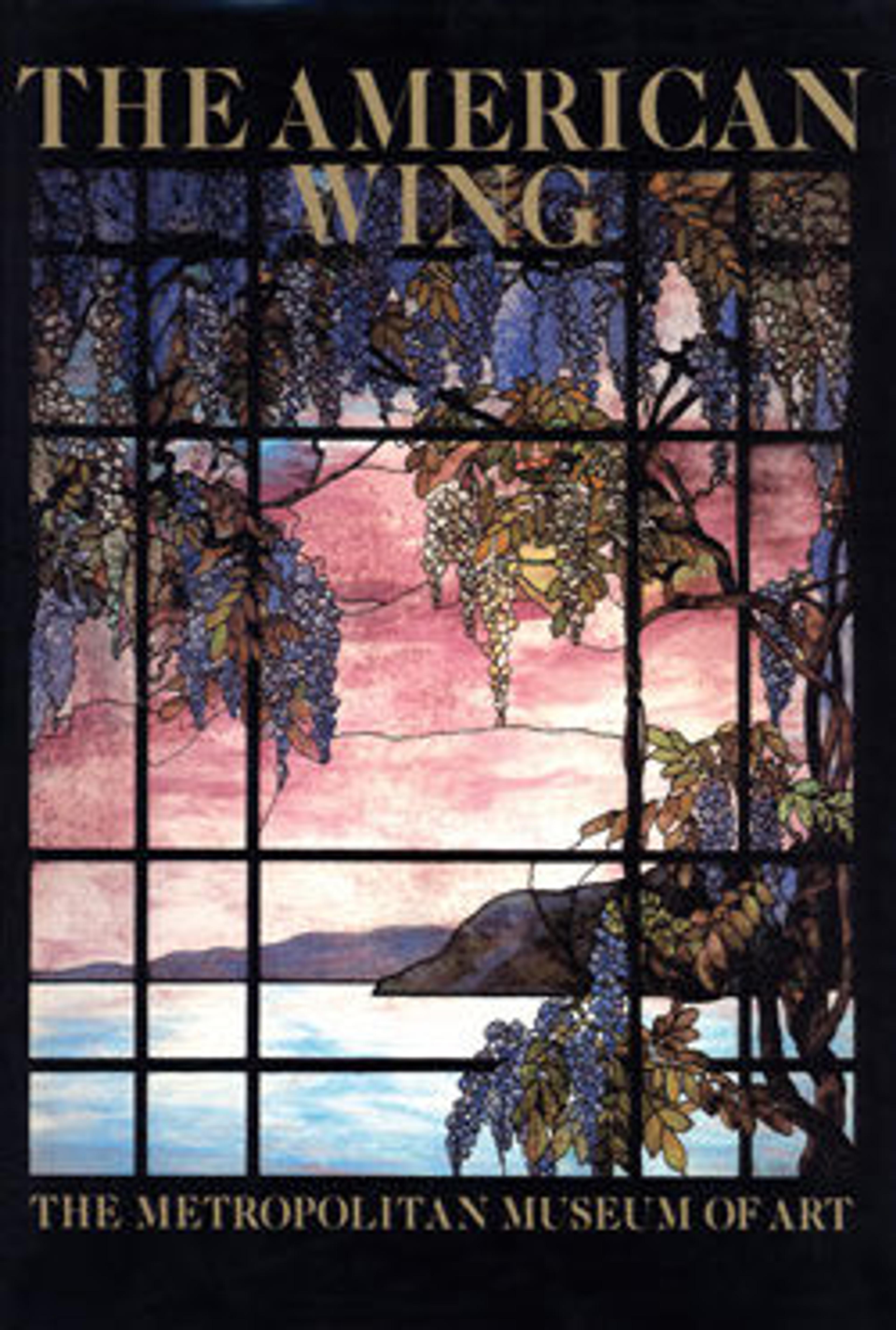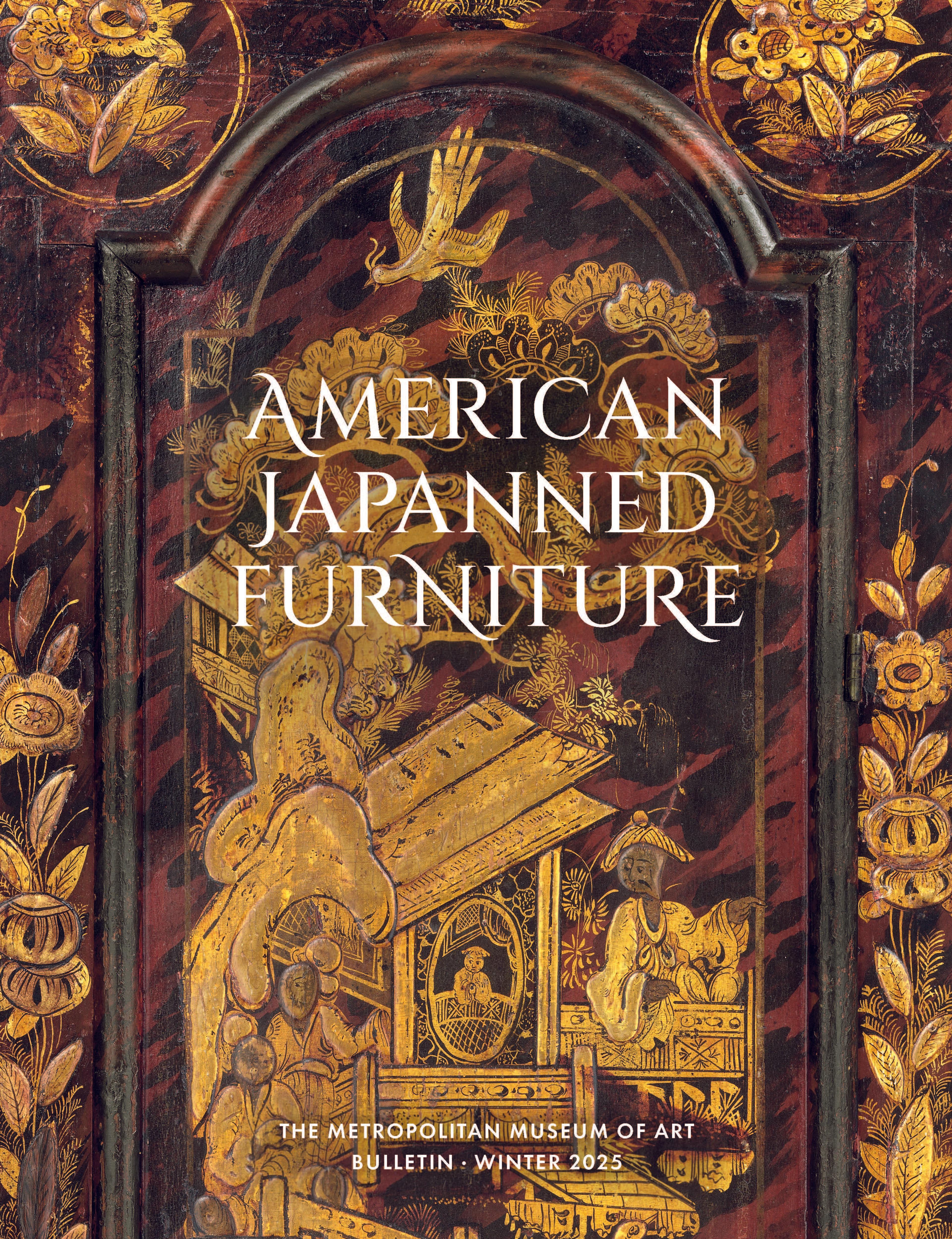
American Japanned Furniture
As European and American interest in Asian art grew in the sixteenth to eighteenth centuries, Western consumers coveted expensive lacquerware for its gloss, durability, and rich ornament. This edition of the Bulletin examines the evolving discourse surrounding japanned furniture, an artform cultivated by European and North American tradesmen that was inspired by luxury lacquer items from China and Japan. Using resin from native conifers or imported sandarac, copal, and shellac, they imitated the medium and the motifs used in traditional lacquer objects. Featuring more than a dozen examples of japanned chests, tables, and mirrors, American Japanned Furniture discusses the works’ patronage and aesthetic origins while also uncovering a new artistic attribution to Thomas Johnston for key examples in The Met’s Collection– a discovery which not only sheds new light on Johnston’s work, but also helps shape a new understanding of the Museum’s japanned furniture.
Met Art in Publication
You May Also Like
Press the down key to skip to the last item.
Citation
Englund, Alyce Perry. “American Japanned Furniture.” The Metropolitan Museum of Art Bulletin 82, no. 3 (2025).
